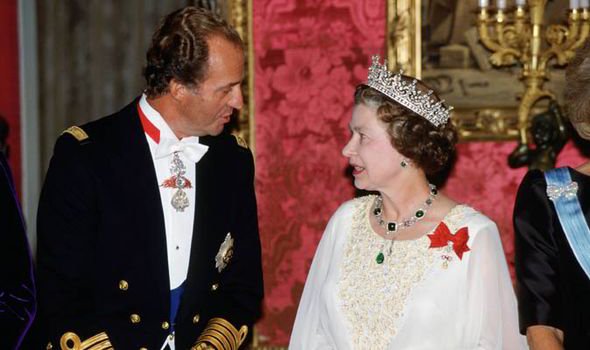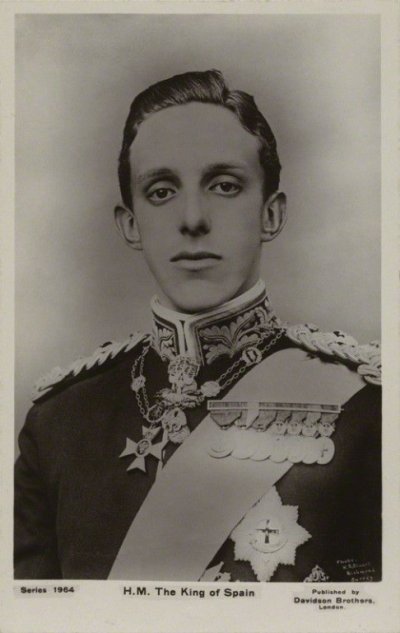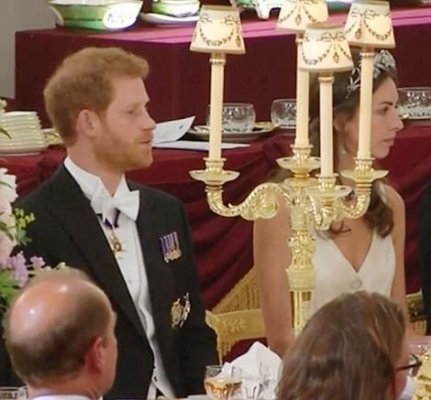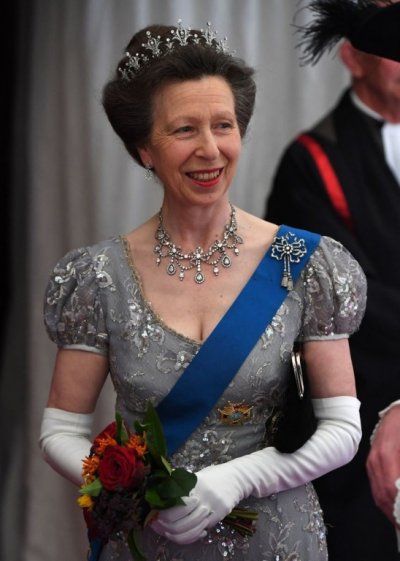Orders of Canada
Canada has its own system of orders of merit, which includes both orders in the personal gift of the Sovereign that are also awarded in the United Kingdom and other Commonwealth countries, and other novel national Canadian orders. In the case of Commonwealth orders, however, only grades that do not confer knighthood are awarded in Canada and, likewise, no national Canadian order confers knighthood.
New Canadian orders are always created by the Queen, as the Sovereign of the order, by Letters Patent under the Great Seal of Canada and the Royal Sign Manual, but are locally administered by the Governor General as Chancellor of the order. A category of Extra Companion now applies to members of the British Royal Family and also applies to former Governors General and their spouses; foreign citizens may be also appointed honorary companions, officers or members.
The precedence of the grades in the different national and Commonwealth orders currently awarded in Canada is as follows (with the corresponding post-nominal letters on the left column and Commonwealth orders indicated in italics):
- OM: Member of the Order of Merit
- CC: Companion of the Order of Canada
- OC: Officer of the Order of Canada
- CM: Member of the Order of Canada
- CMM: Commander of the Order of Military Merit
- COM: Commander of the Order of Merit of the Police Forces
- CVO: Commander of the Royal Victorian Order
- OMM: Officer of the Order of Military Merit
- OOM: Officer of the Order of Merit of the Police Forces
- LVO: Lieutenant of the Royal Victorian Order
- MMM:Member of the Order of Military Merit
- MOM: Member of the Order of Merit of the Police Forces
- MVO: Member of the Royal Victorian Order
All UK orders other than the Order of Merit and the lower grades of the Royal Victorian Order that do not confer knighthood are now considered foreign orders in Canada and, as far as I understand, wearing them in Canada requires prior approval of the Canadian government.
Provincial Orders
Moreover, the different provinces of Canada also award their own orders of merit. Contrary to the national orders, however, the provincial orders are established directly by the respective Lieutenant Governor on the advice of the provincial government or by law passed by the respective Legislative Assembly. Provincial orders, therefore, rank lower than all national royal orders created by Letters Patent under the Royal Sign Manual.
As of today, precedence in the use of post-nominal letters of provincial orders is determined by chronological order of establishment of order. If an order has more than one grade, as in the case of the
Ordre National du Québec, precedence is accorded to the higher grades over the lower ones. The current table of precedence, with the corresponding post-nominal letters on the left, is as follows:
- GOQ: Grand officier de l'Ordre national du Québec
- OQ: Officier de l'Ordre national du Québec
- CQ: Chevalier de l'Ordre national du Québec
- SOM: Saskatchewan Order of Merit
- OOnt: Order of Ontario
- OBC: Order of British Columbia
- AOE: Alberta Order of Excellence
- OPEI: Order of Prince Edward Island
- OM: Order of Manitoba
- ONB: Order of New Brunswick
- ONS: Order of Nova Scotia
- ONL: Order of Newfoundland and Labrador





